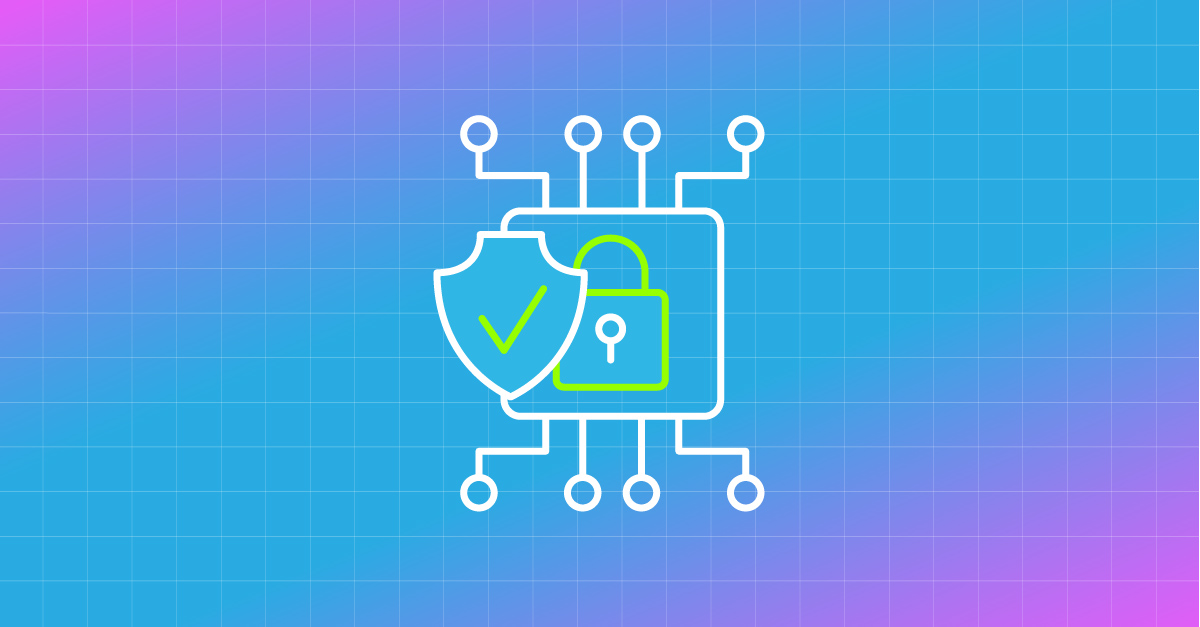Navigating the monstrous challenges of trust, connectivity, and operations in distributed enterprise edge environments
The Last Mile Problem
The traditional model of enterprise computing—centralized, cloud-driven, and always connected—does not fit every scenario facing modern businesses. Enter the modern edge computing paradigm which has been growing in adoption since the late 2010’s. As the landscape matures, essential patterns for things like secure device on-boarding, application deployment, and Edge AI are quickly emerging. At least one key challenge still remains for complete adoption, which is dealing with the “last mile” of full integration into the surrounding enterprise.
The diverse deployment environments for edge computing—retail stores, factories, ships at sea, remote islands, unmanned vehicles—introduce significant challenges for extending enterprise-grade identity, trust, and supporting services.
Enterprise solutions are relatively “heavy.” Edge solutions thrive when “light.” How do we bring the two together, maximizing their value-propositions without crippling progress with least-common-denominator thinking?
Identity and Trust: Anchoring Confidence at the Edge
When extending the enterprise to the edge, identity is the first battleground. It’s tempting to treat the edge as headless and fully automated—but that doesn’t always match reality. In many environments, humans still need to log in, run applications, or interact with devices that weren’t built with zero-trust automation in mind. These situations often demand legacy integrations with domain controllers, LDAP directories, or NTLM-style authentication.
Synchronizing full enterprise identity stacks to thousands of remote sites doesn’t sound fun, and creates fragility and high operational cost. Even a simple AD sync becomes an architectural liability when dealing with intermittent or delayed networks.
A smarter model separates identity planes: let the machines anchor local trust and let user authentication ride on short-lived tokens, device-pinned sessions, or delegated identity where necessary.
This often requires deploying and maintaining a Public Key Infrastructure (PKI) across a fleet of diverse, distributed, and intermittently connected devices. This leads to management of device and application certificates and associated trust chains while accounting for potentially long offline periods and broken CRL/OCSP checks. When a device finally comes back online, its cert may have expired—or worse, its root chain may have been rotated while it was asleep.
TPM-backed PKI helps with re-provisioning edge nodes, especially when combined with strong attestation workflows. Edge devices may arrive unprovisioned or return after long absences, requiring trust that is both durable and renewable.
Local, self-signed Certificate Authorities (CA) can help when full enterprise integration is too heavyweight or too slow, or when the edge use case requires higher availability. But if you need browsers or user-facing applications to trust these local CAs, you’ll have to embrace the discipline of Mobile Device Management (MDM) or equivalent tooling to distribute those trust anchors to endpoints, which may unleash a new set of connectivity, bandwidth, and management challenges.
Monster Tips:
- Don’t replicate what you can’t manage: Use minimal identity footprints with short-lived credentials or lightweight auth proxies.
- Root your trust in hardware: Use TPM-backed Attestation Keys for initial bootstrapping and signed state validation.
- Consider ACME: Consider using the ACME TPM challenge to enable automated, hardware-backed certificate provisioning across your edge fleet.
- Plan for decay: Shelf-spares should boot into a minimal state and be capable of requesting new instructions once reconnected. PXE booting a minimal OS can be a strong pattern for many enterprises.
- Fear not the re-attestation: It is okay to have devices re-attest as if they have first arrived on site after long absences. Bake this expectation into your attestation server or edge controller.
- Local CAs can work: Deploy intermediate CAs per location if needed—but be clear about the scope of trust and the resulting operational burden.
- Proxies work too: Deploy short-lived token solutions (such as OAuth) that support cloud or local signing for long-term offline use cases. Using JWTs can also remove the need for distribution of permissions across edge clients.
- Use MDM for end-user application trust: Ensure root certificates are distributed and rotated cleanly in support of end-user access to all required domains and endpoints.
Connectivity: The Real-World Edge is Intermittently Connected
The assumption of continuous connectivity does not hold at the edge. Many edge environments run over cellular, satellite, or offline networks that may go dark for hours—or days—at a time. Some may treat lack of connectivity as a feature (air-gapped for example). Power constraints, environmental exposure, and limited WAN uplink options all contribute to a landscape where networks are best described as unreliable.
Systems must be built to tolerate stale data, retry missed updates, and gracefully resume secure operations when connectivity is restored. To achieve this, edge nodes often need to be proactive and opportunistic with their behaviors when online.
Another pattern that can be useful in environments with intermittent connectivity is Split DNS—a setup where internal DNS resolvers return local IPs for services when available, while external resolvers route traffic to cloud-hosted equivalents. This allows a single domain name to work seamlessly across both online and offline contexts.
Finally, homogeneity of network architecture is a best practice that can make management of hundreds or thousands of networks possible. This includes CIDR layout, firewall configuration, DHCP configuration, and DNS – all to the greatest extent that requirements allow.
Monster Tips:
- Keep networks boring: Use consistent CIDR and network policy templates across sites to simplify automation and support and smooth out operational burden.
- Split DNS is your friend: Use internal subdomains or dynamic name resolution to route requests to cloud or edge services as needed based on availability.
- Automate trust recovery: Build reconnection workflows that re-validate or re-issue certs or other identity material when devices disappear then reappear.
- Pull, don’t push: Rely on local caches or pull-through proxies for updates, especially for OS patches and containers.
- Be proactive: Take advantage of online opportunities for certificate renewals, critical data sync, and other network-dependent operations.
Operationalizing the Edge: Deployment, Management, and Recovery
Operational resilience is where most edge strategies succeed or fail. You can have flawless architecture, strong identity, and secure trust—but if you can’t safely deploy, recover, or repurpose devices without sending a technician, you’ll burn time, money, and credibility.
Edge deployments are rarely staffed with technical experts. Devices must be designed to install and recover themselves—ideally without requiring more than power and network. That means treating provisioning and recovery as software problems, not manual ones.
Configuration management must support not just initial setup, but long-term drift correction and re-enrollment. Devices go offline, get shelved, moved, or lose power—sometimes for months. When they return, credentials may be expired, software outdated, or their network context entirely changed. Edge devices must be capable of restoring trust and updating config without full re-imaging (which would likely result in data loss).
Monster Tips:
- Own your golden state: Every device should know what “healthy and trusted” looks like, and how to get back to it.
- Design for re-entry: Devices should be able to re-establish trust and fetch updated config after long disconnection without manual intervention.
- Use trust anchors: TPMs or sealed credentials can protect critical secrets or help re-establish trust even when everything else resets.
Delivering a Seamless Edge Experience
At the end of the day, no one cares that your edge stack is brilliant—they care that it works for the enterprise. Whether it’s a customer-facing web app, an internal dashboard, or a real-time automation controller, users expect the same seamless experience at the edge that they get everywhere else.
You can’t just lift-and-shift your cloud patterns. The edge forces you to rethink how things are done. The more disconnected, dynamic, or harsh the environment, the more creative you have to get.
The illusion of normalcy is your endgame. Build trust, connectivity, and operations in service of that experience, and you’ll build something people can truly rely on in the enterprise.
Go the last mile. Edge Monsters unite.
Be sure to subscribe for updates and follow us on LinkedIn.
The Edge Monsters: Jim Beyers, Colin Breck, Brian Chambers, Michael Henry, Chris Milliet, Erik Nordmark, Joe Pearson, Jim Teal, Dillon TenBrink, Tilly Gilbert, Anna Boyle & Michael Maxey






